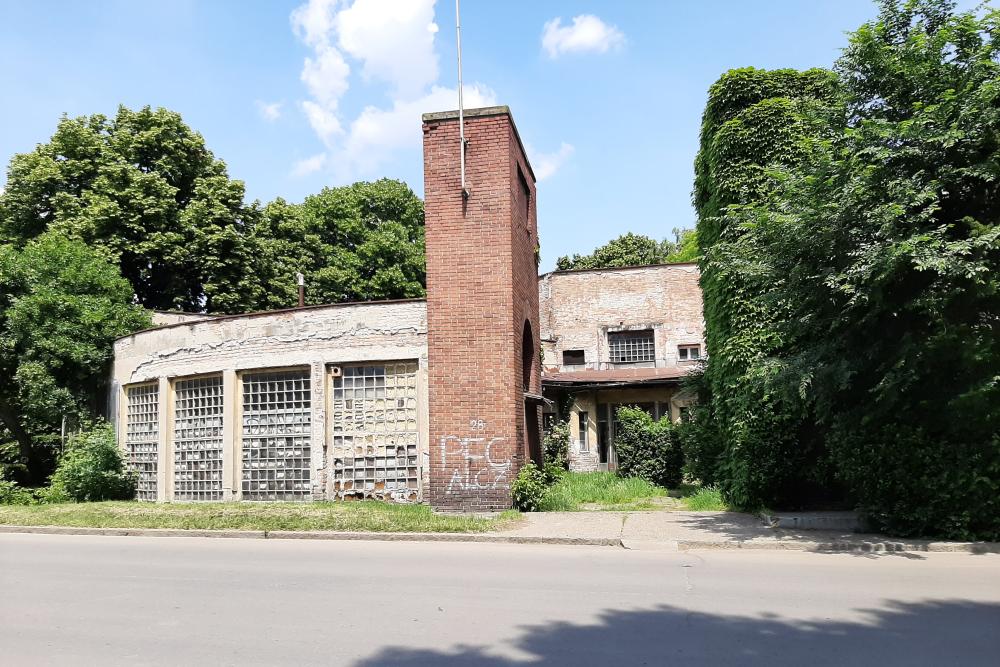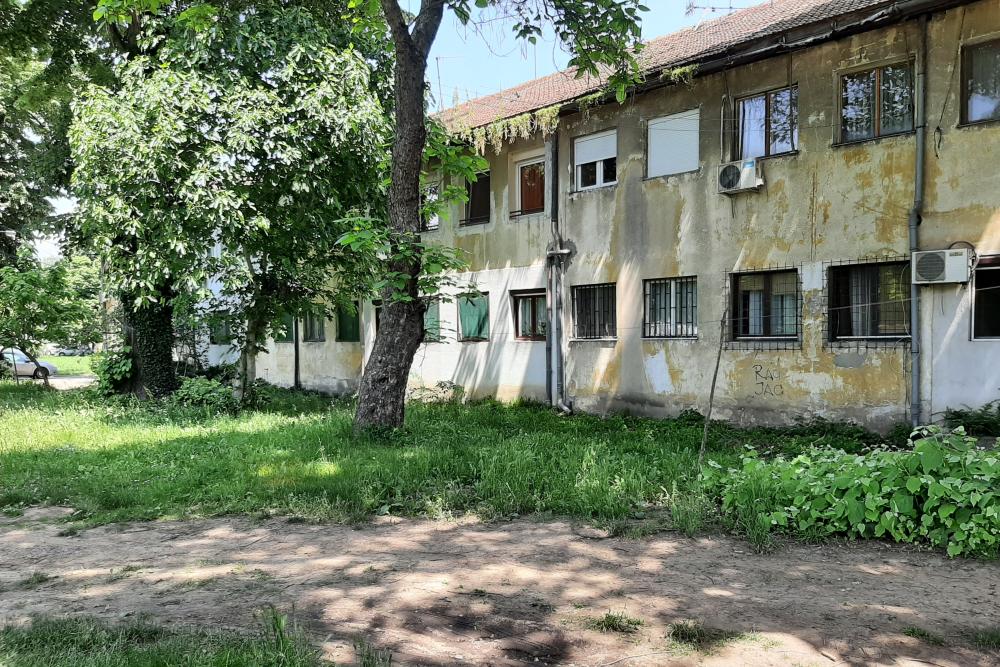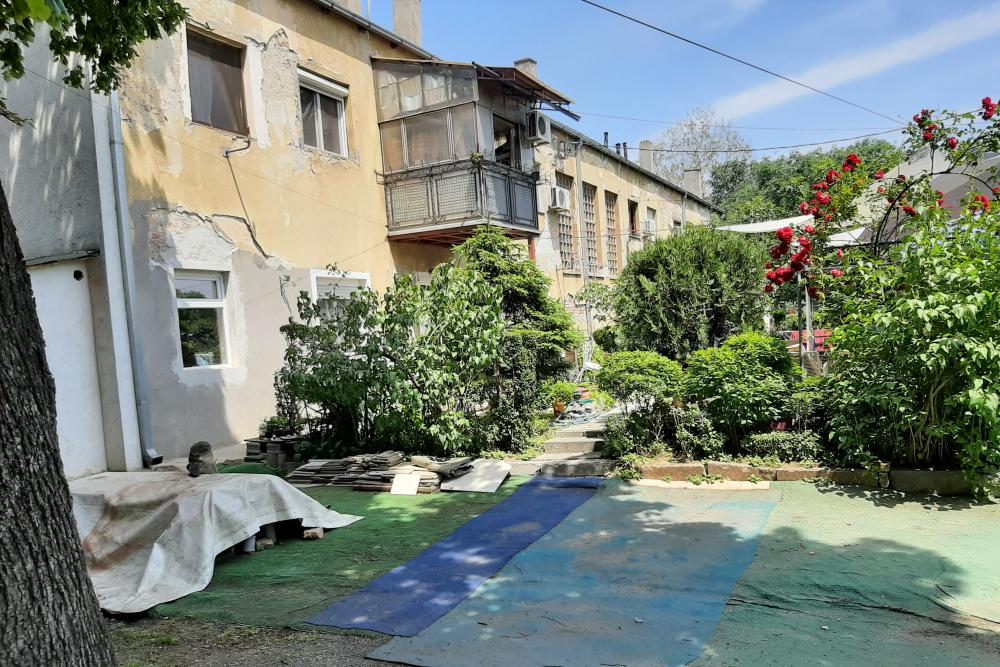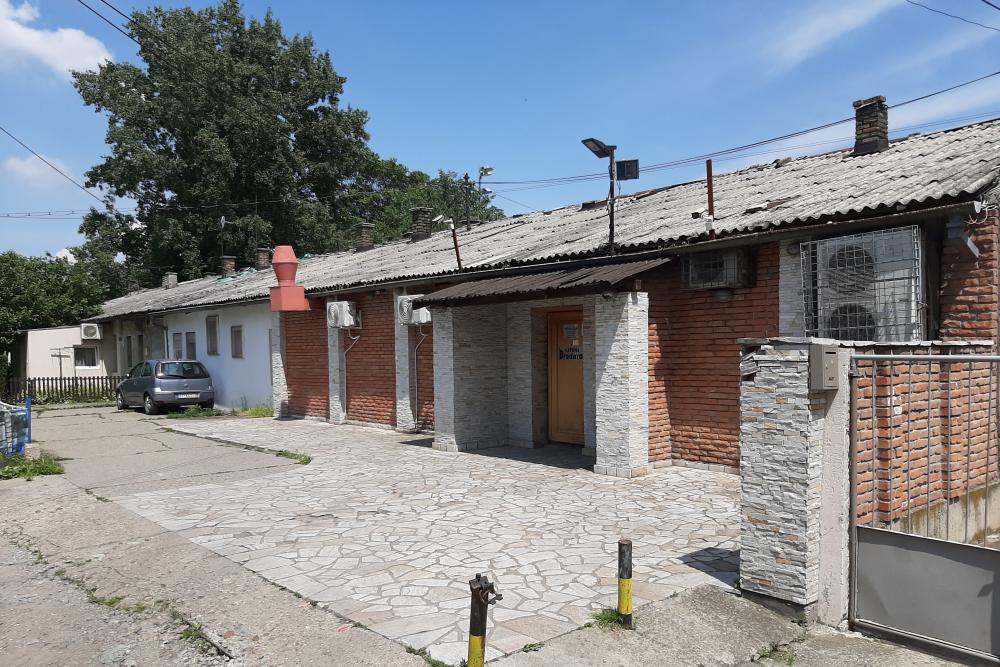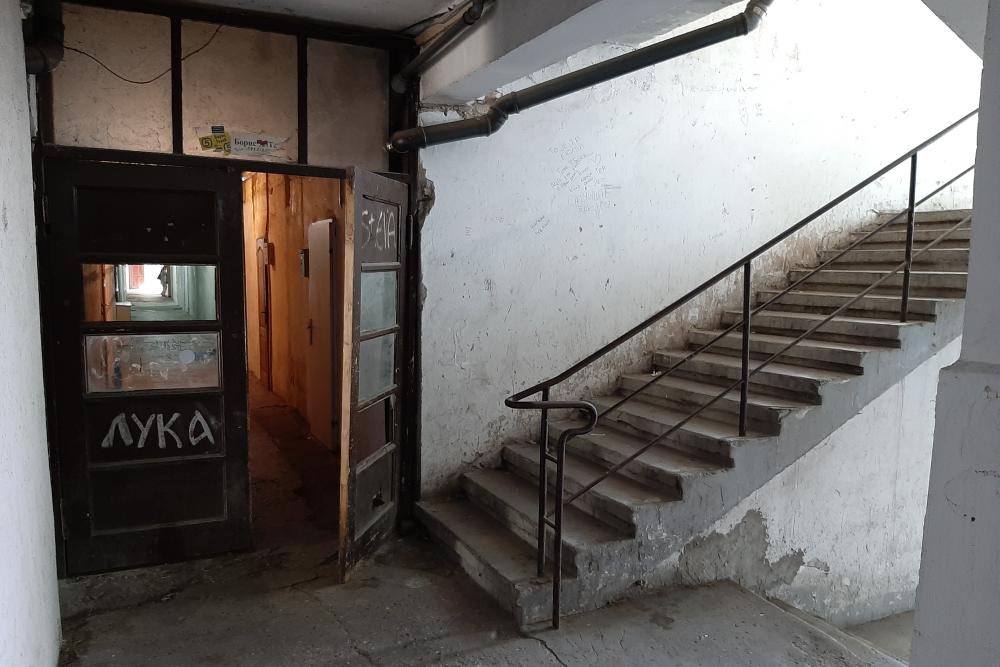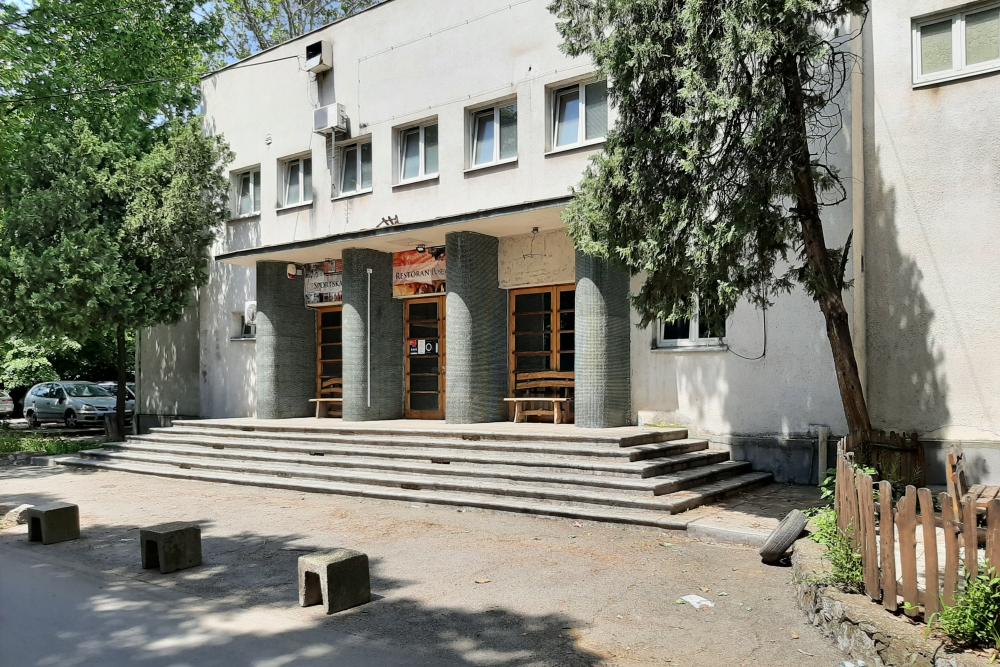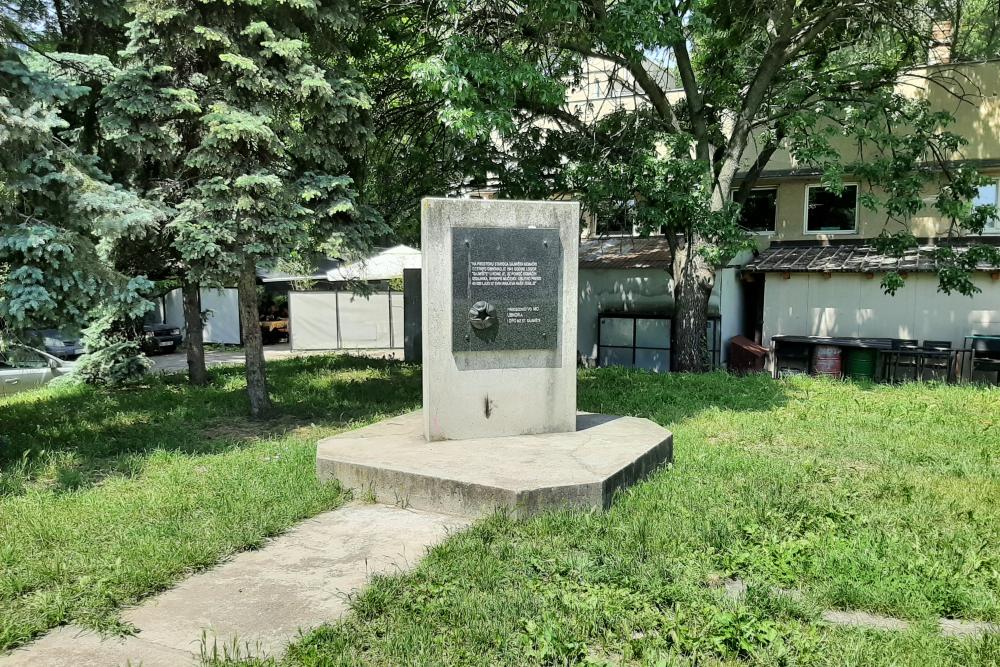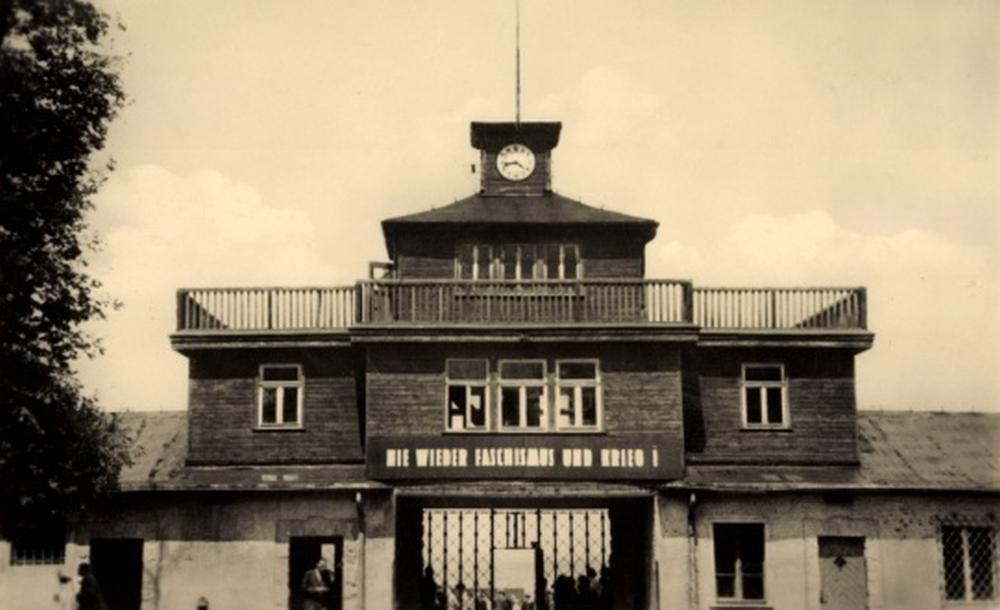Nazi Concentration Camp Sajmište
Camp Sajmište, near the Serbian capital Belgrade, is located on a pre-war exhibition grounds where several countries had pavilions (Sajmište means "fairgrounds"), including Nazi Germany. Officially, the area was part of the fascist Independent State of Croatia. It was used by the Nazis as a concentration camp from the fall of 1941 until September 1944. At the time, Serbia was under military control of the Germans and was run by a puppet government. The camp was first used by the SS primarily to imprison Jewish and Roma women and children from Serbia.
The exhibition buildings were unfit for habitation: there was no heating, no toilet facilities and only one shower room for the entire camp. The prisoners were meant to be deported from here to the death camps in Poland, but when that took longer than expected, a gas van was used on site to kill them. In just nine weeks, at least 6,000 victims were thus murdered in the spring of 1942. In addition, 8,000 Jewish prisoners died in the camp, including from disease and starvation. The bodies were buried in mass graves and later exhumed and burned to erase traces of the mass murder.
Later, the camp was used to intern Serbian political prisoners. An estimated one-third of the approximately 30,000 Serbs imprisoned here died. In April 1944, the site was hit by an American bombing raid, which was actually intended for a railroad station nearby. The damage was extensive. During the last months, until its closure in September 1944, Jewish prisoners were again imprisoned in the camp.
Today a few pavilions still remain, but they are badly dilapidated. A memorial stands in the middle of the site.
Do you have more information about this location? Inform us!
Source
- Text: TracesOfWar
- Photos: Koos Winkelman
- WINSTONE, M., De Holocaustmonumenten van Europa, BBNC Uitgevers, Amersfoort, 2014.
Related books
Nearby
Museum
- Yugoslav monitor "Sava" - Belgrado
- Military Museum Belgrade - Beograd
- House of Flowers Museum - Beograd
Point of interest
- Camp Hospital Sajmište - Zemun
- Ruins National Library Belgrade - Beograd
- Ministry of Defence Belgrade - Beograd
Monument
- Monument Concentration Camp Sajmište - Zemun
- Monument Victims Sajmište Concentration Camp - Beograd
- Memorial Victims NATO-Bombings - Beograd
